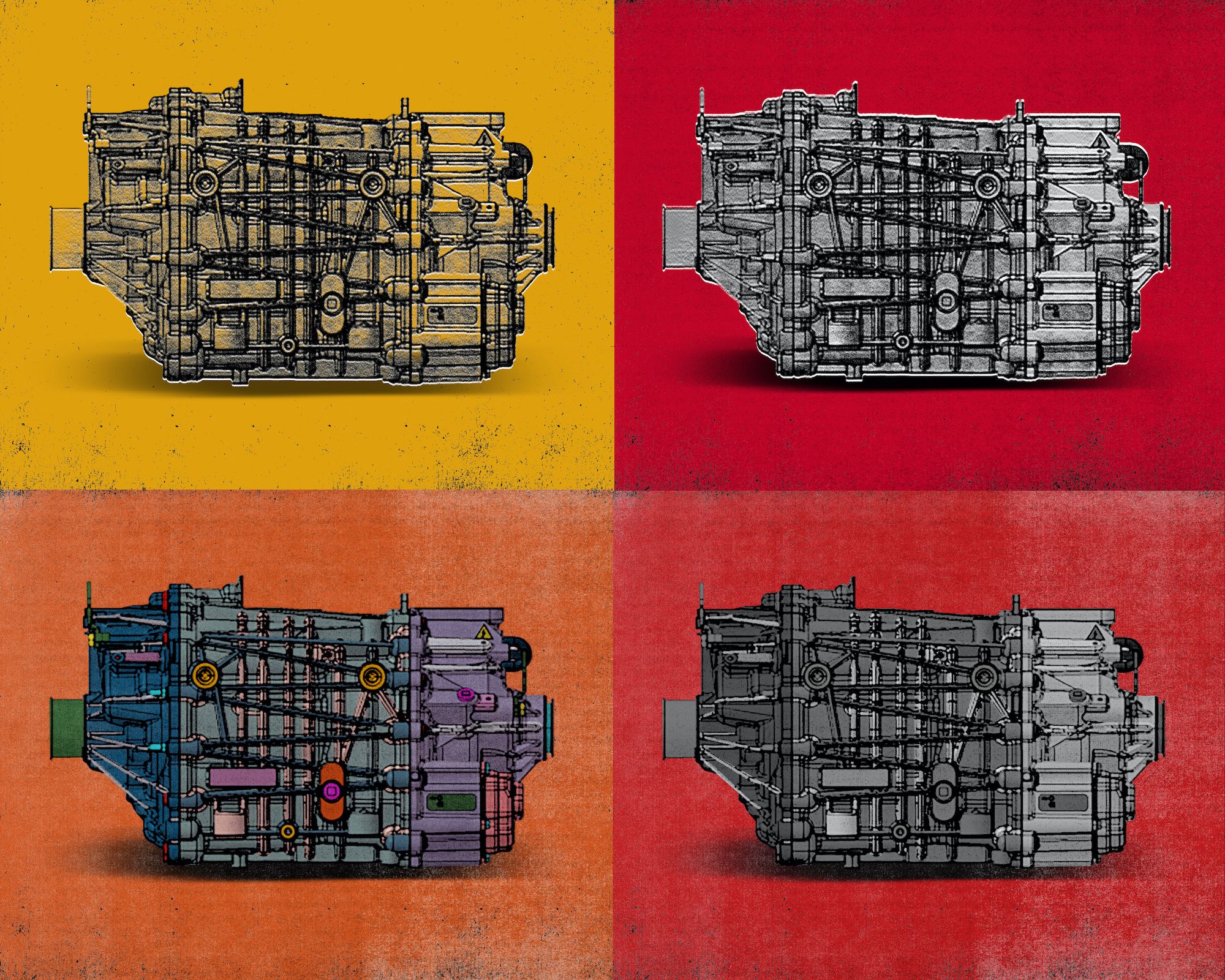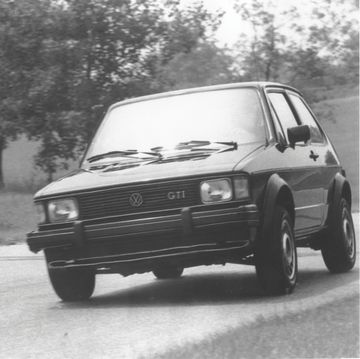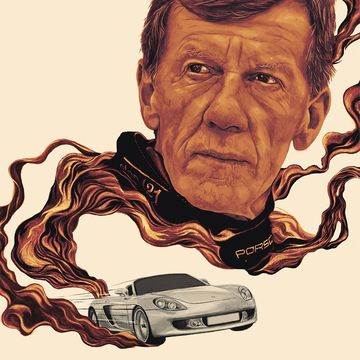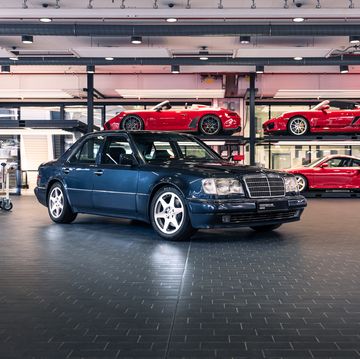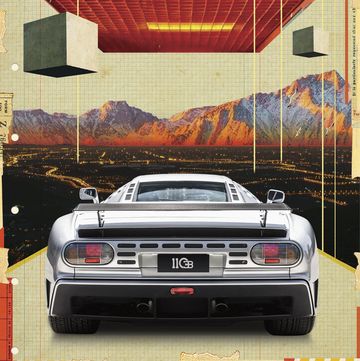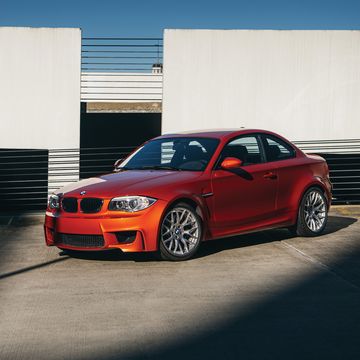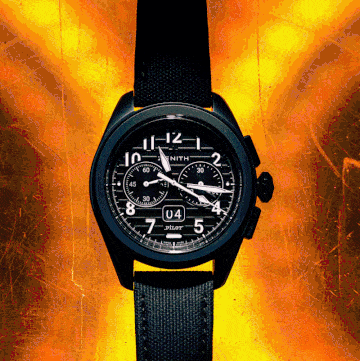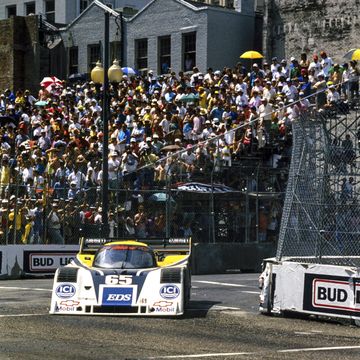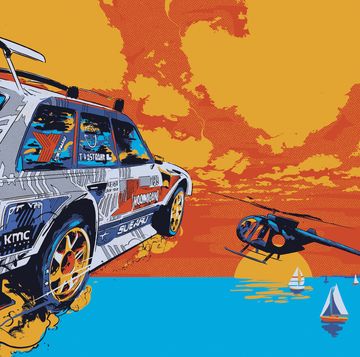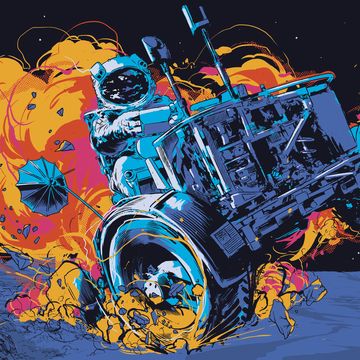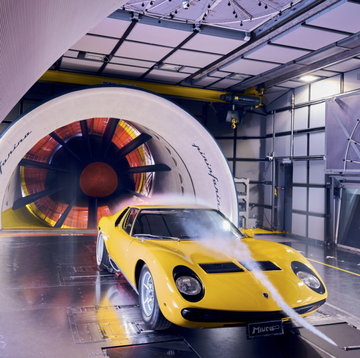Only the most passionate among us dedicate our blood, sweat, and time to swapping one engine for another in the name of performance and glory. But where does that part of the culture go once internal-combustion engines go away? Ford and Chevy have supplied enthusiasts with crate motors for decades; with the EV revolution upon us, America’s biggest automakers are racing to keep the engine swap alive.
This story originally appeared in Volume 8 of Road & Track.
SIGN UP FOR THE TRACK CLUB BY R&T FOR MORE EXCLUSIVE STORIES
Chevrolet’s answer is the Connect & Cruise system. It’s a collection of components, mostly sourced from the Bolt EV, that can be installed into virtually any existing vehicle with the space to accommodate it. At the system’s heart sits a 60-kWh battery and a 200-hp, 266-lb-ft motor called eCrate that can mount up to a conventional transmission. Cars with enough room in the engine bay can stack motor units for more horsepower, and as Chevy did on one show car, the underhood parts can be arranged in the shape of a V-8.
Over at Ford, the Eluminator is a nod to the company’s Aluminator crate V-8s. The kit borrows the Mustang Mach-E GT’s electric motor, rated at 281 hp and 317 lb-ft of torque and weighing just 205 pounds, less than half the heft of a 5.0. Priced from $3900, it’s cheaper than Ford’s Coyote crate engine, but unlike Chevy’s e-setup, it doesn’t include batteries or control units.
The performance numbers might not sound like much compared with a 700-plus-hp Dodge Hellcrate, but electric options like these are an important first step. When junkyard LS small-blocks and Honda K-series engines disappear, fiends who live for the swap will still have possibilities.
There remains the question of accessibility. While Ford has yet to publish specifics on how the Eluminator should be installed, Chevy has made it clear that only professionals should handle the Connect & Cruise kit. The automaker is launching a training and certification program specifically for installing and servicing the high-voltage systems. For EV swaps to catch on, they have to be friendly to shade-tree mechanics using basic tools and YouTube. That will happen eventually, though we suspect it may take a few more years. But thankfully, the swap will live on.

Brian Silvestro is Hearst Autos' former lead deputy editor for rankings content. He spent over seven years as a staff writer for Road & Track Magazine where he contributed car reviews, industry interviews, and more. He has a taste for high-mileage, rusted-out projects and amateur endurance racing.
